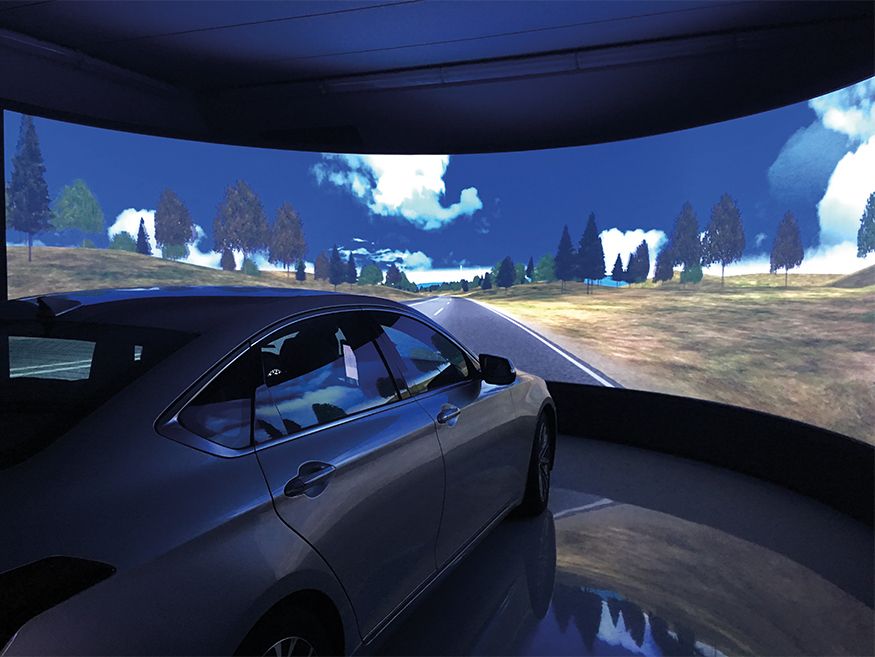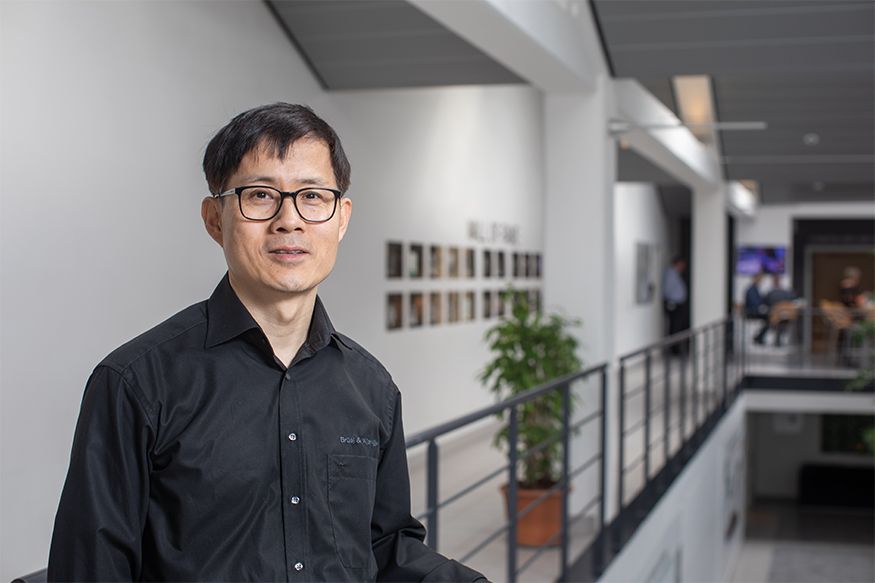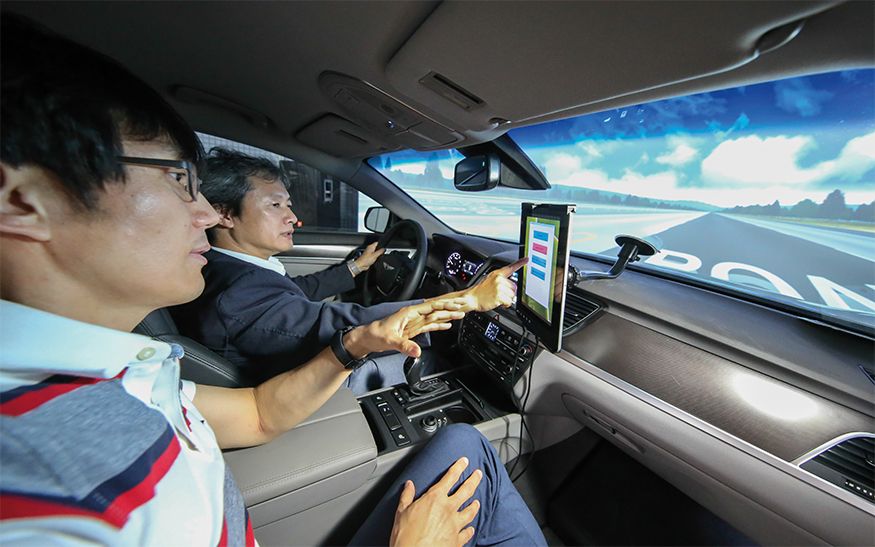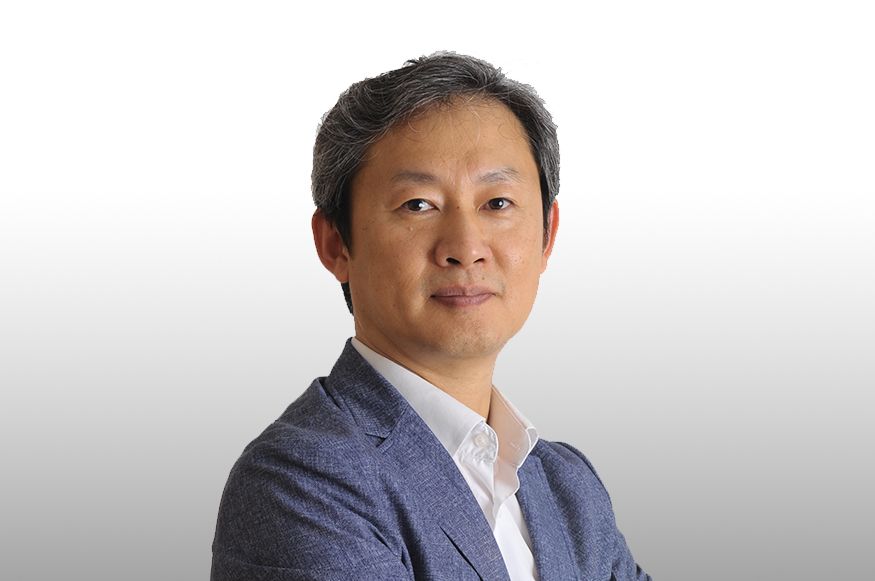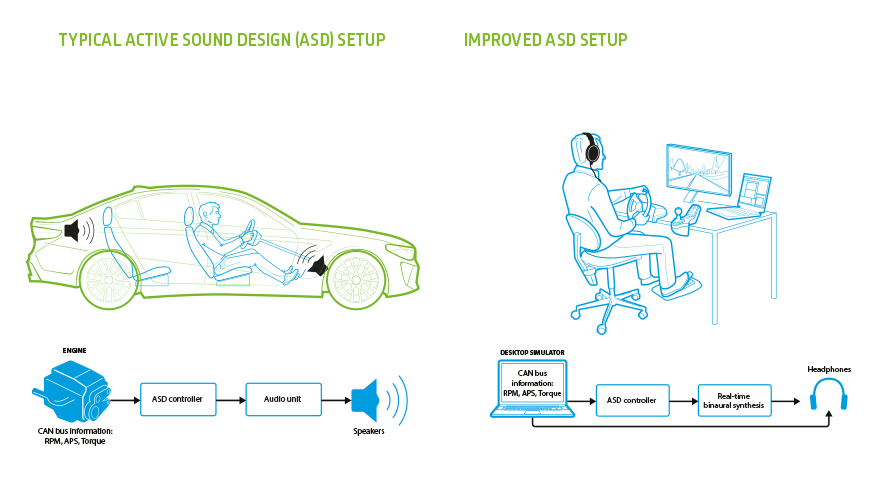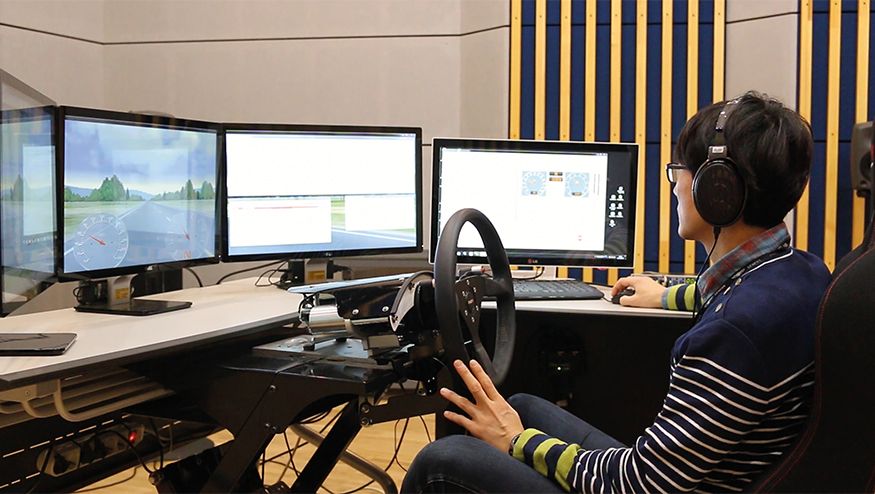If you’re driving a Hyundai, you decide how the engine sounds – with a little help from Brüel & Kjær.
Since 2015, Hyundai Motor Company (HMC) has been offering a Personalized Engine Sound System (PESS) in special vehicle models to enable customers to create different engine sounds in the same vehicle.
“PESS is the first functionality in the world that fits individual customer needs, and it provides customers with a pleasant driving experience,” says Eun Soo Jo, Senior Research Engineer at HMC.
About Hyundai Motor Group
Founded in 1967, the multinational Hyundai Motor Group is headquartered in Seoul, South Korea, and is the fifth largest vehicle manufacturer in the world. Its brands include the Hyundai and Kia brands, the Genesis luxury brand and N, its new high-performance subsidiary brand. Hyundai has been working with Brüel & Kjær on various projects related to the NVH Simulator since 2008.
But until recently, the way Hyundai designed the Personalized Engine Sound System relied heavily on designing engine sounds in prototype vehicles driving on test tracks – a resource-intensive and sometimes unreliable process.
Designing engine sound
For nearly a decade, many car manufacturers, including Hyundai, have used technology called Active Sound Design (ASD) to give an engine a preset target sound. An ASD controller generates the vehicle engine’s sound based on various engine parameters, such as rpm, throttle and torque input. The ASD tool operates within an audio amplifier connected to the vehicle (see sidebar ‘How Active Sound Design usually works’). ASD also plays a key role in the South Korean automobile giant’s Personalized Engine Sound System.
“ASD allowed Hyundai’s Personalized Engine Sound System to be implemented originally, but it required a lot of on-road tuning of the designed sounds,” explains Wookeun Song, PhD, Research Engineer and key member of Brüel & Kjær’s Innovation Lab. “Somebody needs to be driving the prototype car, andsomebody else needs to be changing the settings. It’s not just a one-step design process; you have to do it iteratively, which makes it very time-consuming.”
Everything from different weather conditions to different road conditions have to be taken into account when tuning designed sounds. The repeatability of measurements can suffer with on-road tuning in prototype vehicles, due to changing background noise and operating conditions. And, it’s not possible to conduct back-to-back comparisons between different ASD amplifiers or between different tunings.
What’s more, demand for the prototype vehicles is huge. “The ASD designer, the door designer, the person setting up the amplifier... everyone wants to get access to this vehicle,” says Wookeun.
How ASD usually works
The physical properties of a vehicle’s engine and body normally determine the way it sounds inside the cabin. But ASD uses the vehicle’s audio system to enable users to experience a manufacturer preset ‘target’ sound instead. A standard CAN bus unit collects real-time driving information from the vehicle, then sends that information to the ASD controller. Based on that input and the loudspeaker transfer function (that is, how a sound created at a specific point sounds inside the cabin by the loudspeakers), the controller composes a configured engine sound, which it sends through the loudspeakers.
From on road to in lab
In addition to using ASD in vehicle prototypes, Hyundai uses a desktop noise, vibration and harshness (NVH) simulator from Brüel & Kjær to ‘drive’ cars in development. The NVH Simulator, however, was not part of its initial process to develop the Personalized Engine Sound System.
The NVH Simulator enables the user to evaluate, modify and design vehicle operating sounds interactively by ‘driving’ through a virtual scenario shown on a desktop monitor. It uses driver controls (accelerator, gears, steering, brake) as inputs to a real-time sound model that accurately recreates the sound of a vehicle. And all the work takes place in a lab, rather than on the road.
Wouldn’t it be great if the active sound design process also could be done in a desktop simulator, reducing the amount of time spent using actual prototypes.
That’s what Hyundai thought, too.
Optimizing the personalized sound design process
“We wanted to implement the functionalities that enable individual customers to optimize vehicle engine sound based on their preference using ASD technology,” says Dr Dong Chul Park, Research Fellow at Hyundai. “We thought that the technologies related to Brüel & Kjær’s NVH Simulator could enable us to develop various engine sound designs for our customers.”
Once Hyundai explained the challenges they were experiencing, Brüel & Kjær created a plan to tackle them.
Chief among the hurdles was the fact that the NVH Simulator and the ASD controller that Hyundai was using at the time run in two different environments: the ASD controller is integrated with a vehicle’s audio system, and the NVH Simulator runs in a computer. What’s more, different ASD controllers from different suppliers have different parameters to be tuned, making a one-size-fits-all approach even more difficult.
“The challenge was to make a tool that can genuinely interface to the different types of ASD controllers based on the driving conditions in the NVH Simulator, since each ASD controller requires a set of different control signals to be used,” says Wookeun.
Together, Hyundai and Brüel & Kjær defined the specific project goals: first, to develop computer software that can combine the output of the NVH Simulator and the ASD sounds in real time – providing data compatible with the ASD controller; second, to run subjective evaluations and objective analyses for Hyundai’s ASD settings – demonstrating a more optimized sound design process.
Keeping it personal
The Personalized Engine Sound System (PESS) concept, which Hyundai started offering in 2015, fits perfectly into the consumer trend of customizing purchases to reflect personal taste and preferences. While a typical ASD setup provides the customer with a target sound preset by the manufacturer, Hyundai’s PESS can predefine different engine sounds such as dynamic, sporty and extreme, depending on the vehicle. The driver can easily select and adjust each engine sound type, volume and tone as well as the sensitivity of the accelerator using the audio-video navigation system in the dashboard.
A unique solution
Wookeun and his colleagues in the Brüel & Kjær Innovation Lab met the goals in roughly one year, and Hyundai started using the new software tools for ASD in 2018. To Brüel & Kjær’s knowledge, it is the first time any company has developed such a solution. The NVH desktop simulator that is part of the solution does not generate CAN bus signals that can interact with Hyundai’s ASD controllers. However, Brüel & Kjær made a tool for the simulator that generates appropriate CAN bus signals and unique new software connects the NVH Simulator to the ASD controller to generate the ASD sounds according to the simulator’s operatingconditions.
“In an on-road situation, there’s a mixture of the ASD sounds from the loudspeakers and the vehicle sound on road. My goal was to simulate this by performing the binaural synthesis of ASD sounds from the loudspeakers and combining it with the binaural signal from the NVH Simulator in the laboratory situation,” says Wookeun.
What is CAN BUS?
CAN bus is a standard controller area network that collects driving data such as rpm and torque from the vehicle.
Hyundai can now conduct desktop ASD tuning with and without vehicle operating sound, so they can investigate the interaction between the existing vehicle sound and the ASD sound.
Since the tuning results should also match whatever type of sound is being targeted (for example, sporty or powerful), Hyundai is also now able to perform desktop listening experiments to find out which ASD tuning results in the sound closest to the target. And, they can analyse which objective parameters cause people to react negatively to a sound they’re investigating.
Together for a better future
“Brüel & Kjær’s NVH Simulator and the tools they developed for this project enable us to have a faster development process. Since Hyundai Motors develops various kinds of engines and audio specifications in many countries, it’s very challenging to develop all the engine sounds in a prototype vehicle. A virtual development environment was necessary,” explains Dr. Park.
“Combining the NVH Simulator and ASD tuning process is a good example of a virtual environment for ASD sound design,” he says.
“We see potential for NVH development and sound design based on computer-aided engineering and experimental data using these new tools,“ Dr. Park adds. “The tools may also be useful for the development of EV, environmentally friendly vehicles, and future mobility.”

Iscriviti alla nostra Newsletter e ricevi le informazioni più recenti dal mondo del suoni e delle vibrazioni


